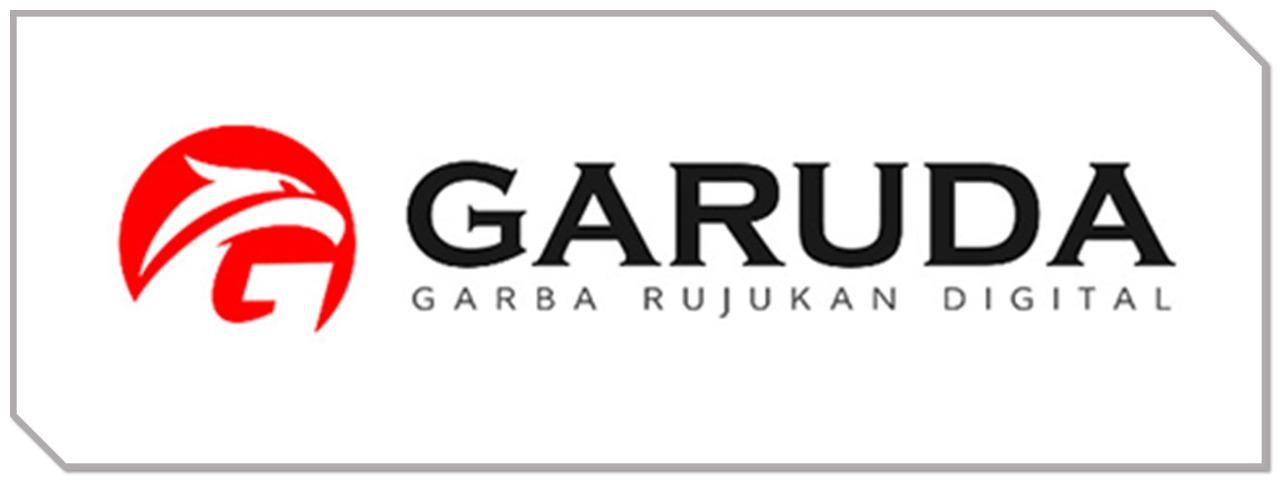Uji Kinerja Mesin Pemotong Adonan Kerupuk Otomatis dengan Pengaturan Ketebalan Potongan
DOI:
https://doi.org/10.30588/jeemm.v8i2.1934Keywords:
automatic, crackers, cutting machine, performance testAbstract
The main problem cracker businesses face is the process of cutting cracker dough. Cutting crackers is currently done using a simple cutting tool, but the disadvantages are low cutting capacity, requiring much energy in operation, and low uniformity of cut results. An effort to overcome these problems is to conduct research by developing a cracker dough-cutting machine. The purpose of this research was to test the performance of an automatic cracker dough cutting machine. The independent variables are dough container motion and piece thickness, while the independent variables are piece capacity, piece uniformity, and percentage of damaged pieces. The dough container motion was varied into four treatments, namely 15, 17, 20, and 24 movements/minute. The dough piece thickness was varied into three 1, 2, and 3 mm treatments. Increasing the dough container movement per minute can significantly increase the capacity and percentage of piece damage. The largest capacity was achieved in treating 2 mm thick pieces with 24 dough container movements/minute, resulting in 2,004 pieces/hour. The uniformity of the best-cut results in the 3 mm thick cut with a value of 92.84%. The smallest percentage of piece damage is obtained in the treatment of 1 mm thick pieces with a dough container motion of 15 movements/minute, resulting in a damage percentage of 15.91%.
References
Anjiu, L. D., Kurniawan, K., Suhendra, S., & Rianto, A. (2024). Uji Kinerja Mesin Pembentuk Ekor Peluru Pada Senjata Sumpit. Turbo: Jurnal Program Studi Teknik Mesin, 13(1).
Anjiu, L. D., & Suhendra, S. (2021). Modifikasi dan Uji Performansi Mesin Perontok Lada dengan Mekanisme Perontok Silinder Berjaring. Turbo, 10(2), 177–185.
Cavillo, A., & Harpriadi, D. B. (2022). Design And Analysis Of Blacan Crop Cutter Machine At Multisari Business Units, Pangkalan Batang Village. Inovtek, Seri Mesin, 2(2), 35–42.
Failasuf, A., Rosadi, M. M., Arif Irfa’i, M., & Pramitasari, R. E. (2023). Pengembangan Alat Perajang Adonan Kerupuk Dengan Metode Potong Translasi. Jurnal Motion, 2(1), 12–17.
Fibrianie, E., Cahyadi, D., & Hidayanto, A. F. (2018). Rancang Bangun Mesin Penggiling dan Potong Kerupuk Ikan dengan Menggunakan Gearbox. Jurnal Riset Teknologi Industri, 12(1), 1–8.
Hartadi, B., Herlina, F., & Royani, A. (2020). Perancangan Mesin Otomatis Pemotong Kerupuk Ikan Haruan. Jurnal Teknik Mesin UNISKA, 5(1).
Hidayat, D. P., & Tamjidillah, M. (2022). Perancangan Dan Pembuatan Alat Pemotong Kerupuk Otomatis Dengan Kapasitas 60 kg per jam. JTAM ROTARY, 4(2), 151. https://doi.org/10.20527/jtam_rotary.v4i2.6666
Ismarini, D., Marini, Haritsah, M. A., & Pratiwi, I. R. (2022). Prosiding Seminar Nasional Inovasi Teknologi Terapan Rancangan Mesin Pemotong Adonan Kerupuk Getas. Prosiding Seminar Nasional Inovasi Teknologi Terapan, 255–261.
McCann, T. H., Le Gall, M., & Day, L. (2016). Extensional dough rheology – Impact of flour composition and extension speed. Journal of Cereal Science, 69, 228–237. https://doi.org/10.1016/j.jcs.2016.03.012
Pratamajaya, R. P., & Istiqlaliyah, H. (2023). Desain Pisau Perajang pada Mesin Potong Lontongan Kerupuk Kapasitas 50 Kg/Jam. INOTEK, 710–716.
Rasyid, A. H. A., Susila, I. W., Dewanto, D., & Santoso, D. I. (2022). Rancang Bangun Mesin Pemotong Serba Guna Hemat Energi Penunjang Produktifitas UKM Kerupuk. Otopro, 18(1), 7–12. https://doi.org/10.26740/otopro.v18n1.p7-12
Saidah, H., Yasa, I. W., & Hardiyanti, E. (2014). Keseragaman Tetesan Pada Irigasi Tetes Sistem Gravitasi. Spektrum Sipil, 1(2), 133–139. https://docplayer.info/58082566-Keseragaman-tetesan-pada-irigasi-tetes-sistem-gravitasi-emission-uniformity-on-gravitational-drip-irrigation-system.html
Sudarso, Prakoso, A. F., Wibowo, T. W., & Yunus. (2022). Penerapan Mesin Pemotong Kerupuk Semi Otomatis dan Perbaikan Manajemen untuk Meningkatkan Produktivitas Produsen Kerupuk di Sidoarjo. Jurnal Pengabdian Pada Masyarakat, 7(1), 104–114.
Sugiyanto, & Trisnowati, J. (2018). Rancang Bangun Mesin Perajang Kerupuk Jengkol Untuk Meningkatkan Pendapatan UKM. Jurnal Engine, 2(2), 25–30.
Suhendra, Hardi, Y., Nopriandy, F., & Fahrizal, I. (2020). Rancang Bangun Mesin Perontok Lada (Piper Nigrum L.) Tipe Silinder Perontok Berjaring. Jurnal Teknologi Pertanian Andalas, 24(1), 17–22.
Suhendra, S., Pridaningsih, D. R., Jagat, L., & Nopriandy, F. (2023). Analisis Kecepatan Putar Silinder Perontok Terhadap Kinerja Mini Power Thresher Hasil Rekayasa UPJA Desa Sungai Kelambu. Engine, 7(2), 13–19.
Turbin-Orger, A., Shehzad, A., Chaunier, L., Chiron, H., & Della Valle, G. (2016). Elongational properties and proofing behaviour of wheat flour dough. Journal of Food Engineering, 168, 129–136. https://doi.org/10.1016/j.jfoodeng.2015.07.029
Utomo, A. P., & Nurlaila, Q. (2021). Perancangan Mesin Pengiris Tempe Semiotomatis Dengan Arah Pengirisan Horizontal. Profisiensi, 9(2), 252–261.
Downloads
Published
How to Cite
Issue
Section
License
Copyright (c) 2024 Irma Fahrizal, Feby Nopriandy, Suhendra

This work is licensed under a Creative Commons Attribution 4.0 International License.
Authors who publish with Jurnal Engine: Energi, Manufaktur, dan Material agree to the following terms:
Authors retain copyright and grant the Jurnal Engine: Energi, Manufaktur, dan Material right of first publication with the work simultaneously licensed under a Creative Commons Attribution 4.0 International License that allows others to share (copy and redistribute the material in any medium or format) and adapt (remix, transform, and build upon the material) the work for any purpose, even commercially with an acknowledgment of the work's authorship and initial publication in Jurnal Engine: Energi, Manufaktur, dan Material. Authors are able to enter into separate, additional contractual arrangements for the non-exclusive distribution of the journal's published version of the work (e.g., post it to an institutional repository or publish it in a book), with an acknowledgment of its initial publication in Jurnal Engine: Energi, Manufaktur, dan Material. Authors are permitted and encouraged to post their work online (e.g., in institutional repositories or on their website) prior to and during the submission process, as it can lead to productive exchanges, as well as earlier and greater citation of published work (See The Effect of Open Access).

















